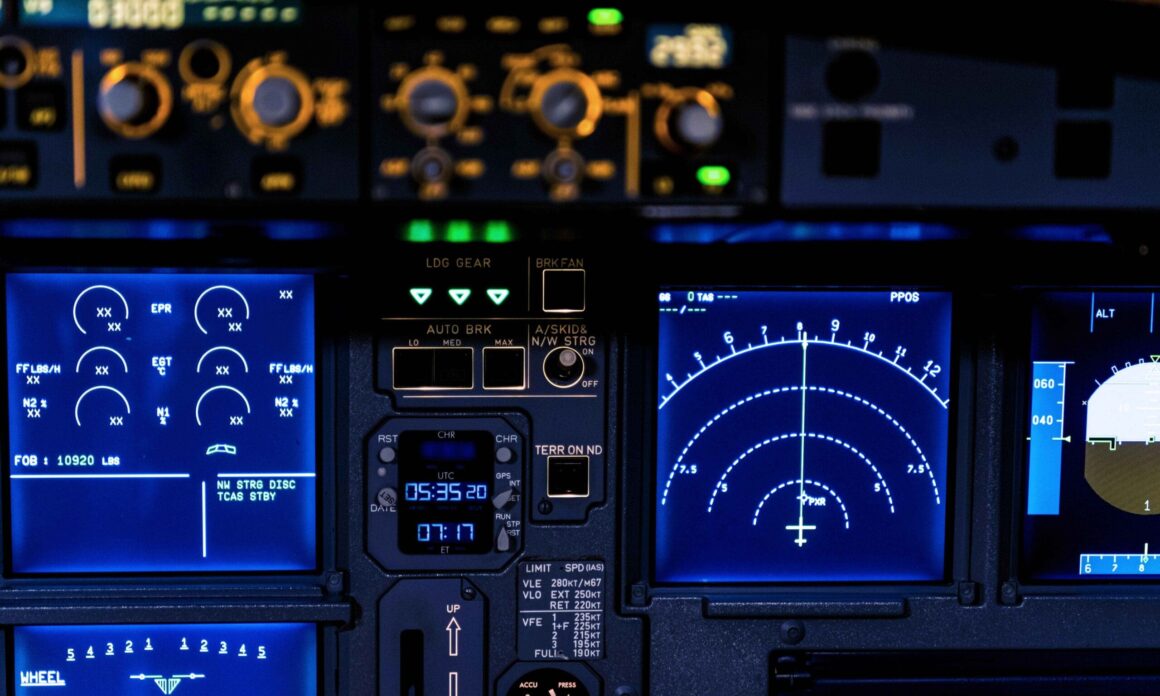Avionics Technician – Navigation Systems – A Guide to Aircraft Electronics
Aircraft avionics navigation systems are systems that assist pilots in determining an aircrafts position, direction, and speed. They play a role in ensuring safe and efficient navigation particularly in todays complex airspace.
There are types of aircraft avionics navigation systems commonly used, including:
- Global Navigation Satellite Systems (GNSS): These systems utilize satellites to provide precise positional information to aircraft. The well-known GNSS system is the Global Positioning System (GPS) but other options like Galileo and GLONASS are also available.
- Inertial Navigation Systems (INS): INS systems deploy gyroscopes and accelerometers for tracking an aircrafts movements. Although not as accurate, as GNSS systems they can continue to provide navigation data even if the satellite signal is lost.
- Radio Navigation Systems: These systems rely on ground stations to transmit signals that help determine an aircrafts position. Examples of radio navigation systems include VOR (VHF Omnidirectional Range) and DME (Distance Measuring Equipment).
- Area Navigation (RNAV): RNAV allows aircraft to follow predetermined routes without relying on ground based navigational aids. RNAV systems utilize GNSS or other navigation systems to provide aircraft with the information for following a designated route.
Continuous advancements are being made in aircraft avionics navigation systems. There are ongoing developments in new technologies.
Some of the enhancements in this field include:
- Satellite Based Augmentation Systems (SBAS): Ground based SBAS systems improve the accuracy of GNSS signals.
- Automatic Dependent Surveillance – Broadcast (ADS B): ADS B enables aircraft to broadcast their position and related information to other aircraft and ground stations enhancing air traffic safety and efficiency.
- Performance Based Navigation (PBN): PBN comprises procedures and standards that allow aircraft to achieve a specific level of accuracy and performance regardless of the type of navigation equipment they employ.
The future holds more exciting prospects for aircraft avionics navigation as emerging technologies like artificial intelligence and machine learning continue to evolve. These advancements have the potential to enhance safety, efficiency, and reliability in aircraft navigation.
Important note:
Pilots need to possess a knowledge of the functioning of these systems to ensure safe and efficient operation.
- The price tag on aircraft avionics navigation systems can be quite high, for intricate setups. Nevertheless, the enhanced safety and efficiency they offer often outweigh the cost.
- Aircraft avionics navigation systems hold importance in contemporary aviation as they play a crucial role in maintaining aircraft safety and ensuring accurate navigation.


